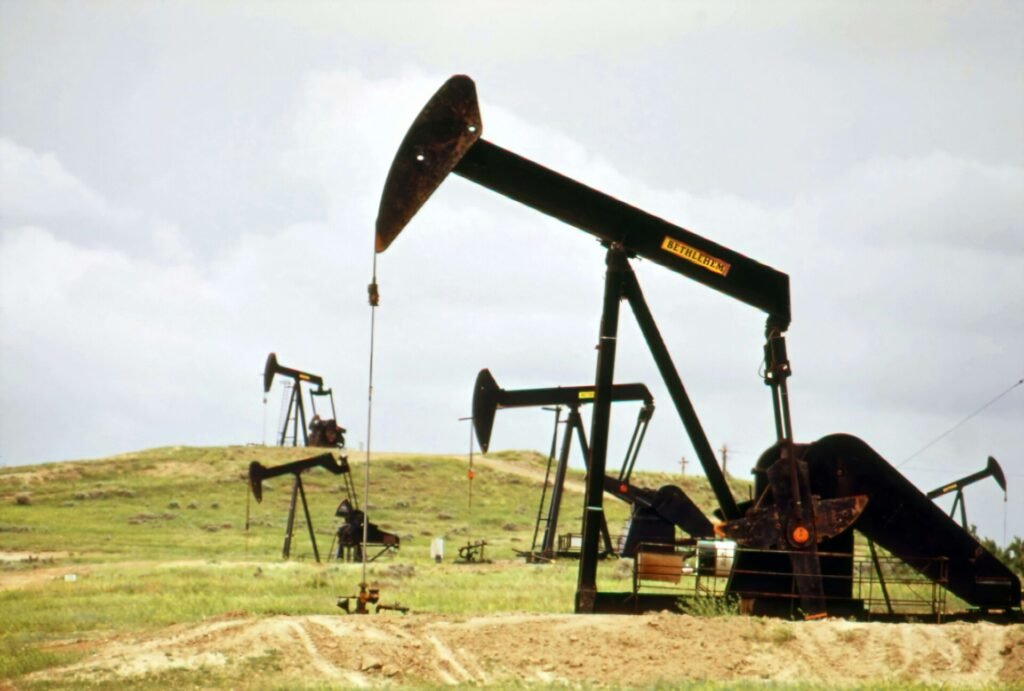The Biden administration has unveiled a plan to allow oil companies to lease parts of the Arctic National Wildlife Refuge for drilling under new restrictions. This Arctic oil leasing plan, detailed by the U.S. Bureau of Land Management, opens at least 400,000 acres of the refuge’s coastal plain for leasing. Leases will be limited to high-potential hydrocarbon areas and subject to enhanced environmental protections for wildlife and other resources.
This approach starkly contrasts policies under former President Donald Trump, who is set to return to the white house. His administration authorized broader oil development in the refuge, a decision Biden’s administration now aims to curb with tighter restrictions. For decades, the refuge’s fate has stirred debate between economic interest in oil development and advocates for environmental conservation, particularly concerning the calving grounds of Porcupine caribou herds.
Oil development within the refugee coastal plain has long been contentious, pitting economic aspirations against conservation efforts. Trump’s return to the White House has renewed attention on the area, given his stated intentions to reopen the region to drilling. Trump controversially suggested that the area holds more oil than Saudi Arabia, although his claims were not factual. During a town hall event in Michigan, he mistakenly referred to the refuge as “Bagram in Alaska.”
However, local and national environmentalists anticipate significant battles over the refuge’s fate in the coming years. Cooper Freeman, Alaska director of the Center for Biological Diversity, described the fight to protect the refuge as a critical priority. “It’s going to be the fight of our lives to keep the Arctic Refuge protected from development,” Freeman said. Past leasing efforts in 2021 drew limited interest, with no significant oil companies bidding. Alaska’s state development agency was the primary bidder and acquired seven leases. The Biden administration later canceled these leases, citing insufficient environmental review.
Despite Biden’s stance against oil development in the refuge, the 2017 Tax Cut and Jobs Act mandates a second lease sale. The law requires two lease sales offering at least 400,000 acres by the end of 2024. The Biden plans restrictions have sparked a backlash from North Slope leaders who emphasize economic security and resource development. North Slope Borough Mayor Josiah Patkotak criticized federal actions, asserting they undermine local perspective. The Arctic Slope Regional Corporation and other local groups view responsible oil development as vital for their communities.
Meanwhile, Alaska Native groups opposing oil development continue their campaign to protect the refuge permanently. Leaders from the Neets’ąįį Gwich’in Tribal governments stressed their deep cultural connection to secure permanent protections. “This is only a step towards protecting our sovereignty and right to continue our traditional way of life that depends on this sacred place,” said Galen Gilbert, first chief of Arctic Village Council.
Senator Lisa Murkowski expressed concerns over the viability of a new Arctic oil leasing plan, fearing restrictive conditions could deter bidders. As Trump prepares to offer new opportunities on federal lands, she warns Alaska that it may lose its competitive edge. Environmental advocates foresee a problematic fight to safeguard Alaska’s vulnerable regions from extensive development.
This news was originally published by Alaska Beacon.









